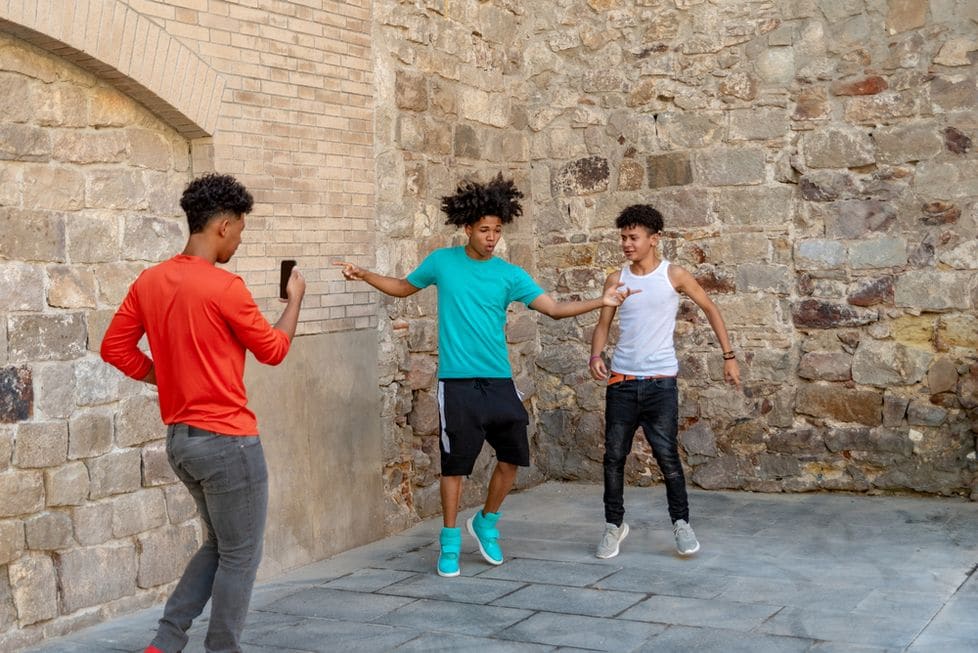Have you heard of the toilet paper or bottle challenge? These are harmless and fun tests that are carried out mostly by children and adolescents to publish them on social networks and become viral challenges. In some cases, they have to learn the steps of a certain choreography, give hundreds of touches to the rolls of toilet paper or throw a bottle with a little water in the air so that it lands on its feet on a table or the floor. However, there are also those that carry more risk. Those also known as ‘challenges’ such as the ‘mouth breaker’, ‘the posh hunt’ or the ‘vacuum challenge’, among others, in which violence or self-harm can be protagonists. According to a study by the International University of La Rioja, 80% of young people have carried out viral challenges of a social nature (which do not entail any danger for the participants) although 15.3% combine harmless challenges with ‘challenges’ dangerous. But, what are the reasons why young people carry out viral challenges on the Internet?
Facing challenges and belonging to a group
For the psychoanalyst José Ramón Ubieto, the main reason is “to verify that they are capable of facing a challenge at a time, such as adolescence, in which ‘measuring up’ is a self-demand of young people.” In this way, and as the expert underlines, on a psychological level “they achieve a feeling of belonging to the virtual community with which they interact, since for them social networks are a complementary reality (and not a parallel universe) in the They spend a lot of time.” And it is that in social networks other elements come into play, such as the ‘dictatorship of the like’, to which many young people cling seeking recognition from their followers through ‘likes’.
However, positive feelings are not always achieved when performing a viral challenge. Many are dangerous and put the integrity of adolescents and their environment at risk. Ubieto highlights feelings of failure regarding their expectations, exclusion and even suicidal thoughts (in the case of the most harmful viral challenges). “There is also a frequent need to repeat that challenge or others to re-experience the ‘satisfaction’ obtained, which can generate compulsion in young people,” he points out.
And families and teachers, what can they do?
Many young people carry out viral challenges without considering the consequences. In the case of the most dangerous ‘challenges’, Ubieto offers these three tips for families and teachers.
Identify the psychological needs that push them to perform them: complexes, fears, fantasies, group pressure…
Help them understand consequences beyond immediate gratification, such as the digital footprint (the ‘trace’ they leave with the actions they carry out on the Internet) or the damage that can be caused to another person.
Propose alternatives to this challenge that meet their expectations with less risk and more benefitssuch as virtual creations, physical activities or face-to-face ties with other adolescents.

